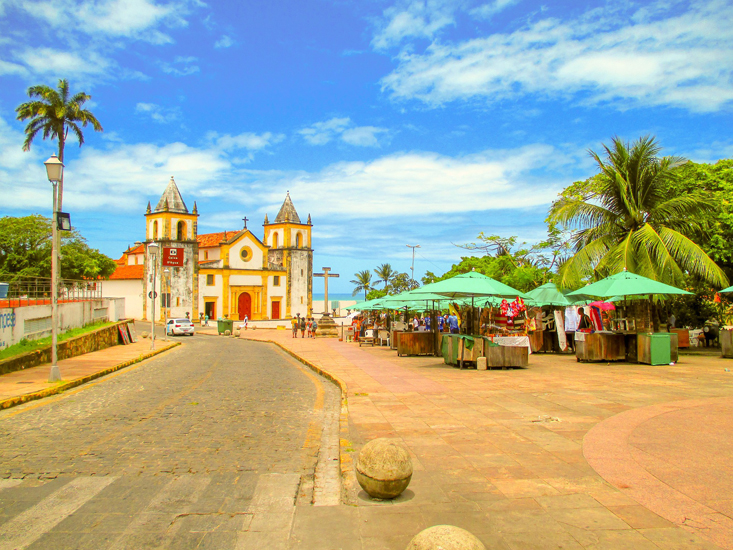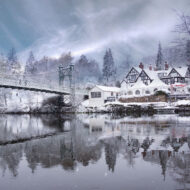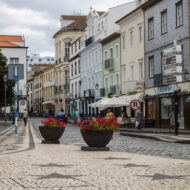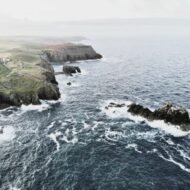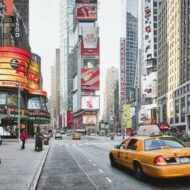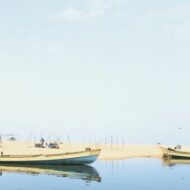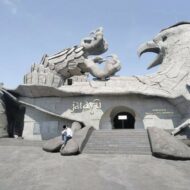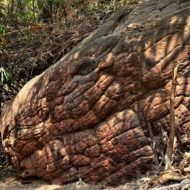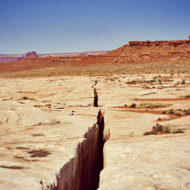Olinda is a Brazilian town on the coast of the state of Pernambuco. It is located opposite the state capital, Recife.
Olinda was founded in 1535 by Duarte Coelho Pereira. It achieved the status of a town on March 12, 1537. The city was the seat of the captaincy of Pernambuco, but was burned by the Dutch who transferred the headquarters to Recife.
In 1637 it was elevated to the category of city. In 1654 it was once again the capital of Pernambuco, when the Portuguese regained power and drove out the Dutch. In 1837, it again lost that title of capital, and must cede it to the city of Recife.
As one of the best-preserved colonial cities in the country, in 1982 it was declared a World Heritage Site by UNESCO.
Access : Coordinates: -8, -34.883333 / The city of Olinda is located in the Metropolitan Region of Recife, being close to the north of the capital of Pernambuco.
By plane : The closest airport is Recife Guarapes Airport
Highlights :
- Rua Sao Bento. The street is still paved with stones from the 16th and 17th centuries. The different colors of the stones result from the fact that the stones come from different areas and were laid at different times.
- Alto da Se (viewpoint). Alto da Se, the highest point in the old town of Olinda. Here Duarte Coelho is said to have uttered the exclamation “Oh linda sitauacao.”, From which the city owes its name.
- Casa des Bonecos Gigantes (House of Giant Dolls). The giant dolls have been an integral part of the Olinda Carnival for the past 70 years.
- Observatorio (Observatory), Alto da Se : he observatory was founded in 1860 by the French astronomer Emmanuel Liais. He discovered a new comet that he named “Olinda”. In 1970 the telescope was brought to the Torre Malakoff in Recife.
- Palacio dos Governadores (Governor’s Palace). The 17th century building was the seat of the governor of Olinda for a long time and is now the seat of the mayor.
- Ruinas do Senado (Ruins of the Senate). Brazil was a Portuguese colony until 1822 and an empire from 1822 to 1899. In 1899 the republic was proclaimed. As early as 1710, Bernardo Viera de Mello tried to proclaim Brazil’s independence and to found a republic of Brazil. The inscription on the wall of the Ruinas do Senado reads: “Here on November 10, 1710 Bernardo Viera de Mello spoke out loudly for the formation of a republic among us”. The piece of wall that was to be the future Senate is still there.
- Museu Mamulengo, Rua Treze de Maio / Museu de Arte Contempoarana (Museum of Contemporary Art). The building was designed by Portuguese architects in 1722 / Science Space, Memorial Arcoverde, Park 2, Salgadinho Complex /
- Museu de Arte Sacra (Museum of Church Art), Alto da Se. The building was erected in 1676. It served as the Senate of Olinda and as the bishopric.
- Museo Regional (Regional Museum), Rua do Amparo. The museum is located in a colonial house that was built around 1745. It was the home of the Bishop of Olinda
- beaches : Olinda has 7 beaches with a total length of 11 kilometers. Some beaches are not suitable for swimming : Praia do Bairro Novo , Praia de Casa Caida , Praia de Rio Doce , Praia do Farol , Praia do Carmo , Praia dos Milagres, Praia da Ponta D’el Chifre.
- Formerly famous for its sword blades called “olinde” (word withdrawn from the last edition of the Dictionary of the French Academy)
- The jewel of baroque architecture is still a reflection of the European culture of the 17th and 18th centuries and has been a UNESCO World Heritage Site since 1982.
- Igreja de Sao Joao (St. John’s Church) / Igreja de Sao Pedro (Church of Saint Peter). The church was built in the 2nd half of the 18th century / Igreja do Amparo. The church was founded by young musicians around 1550 and rebuilt in 1644 after being destroyed by the Dutch.
- Igreja Nossa Senhora do Carmo, Oraca do Carmo. The first Carmelite monastery in Brazil. Construction began in 1580 and was consecrated in 1620.
- Igreja de Boa Hora (Church of the Good Times). One of the smallest churches in Olinda. A simple prayer house was built here in 1750.
- Convento de Sao Francisco (Franciscan Monastery) and Igreja de Nossa Senhoras das Neves (Church of Our Lady of the Snow) , The monastery was built in 1577 and was the first Franciscan monastery in Brazil.
- Igreja da Conceicao (Church of the Conception) , The church was built in the 16th century and abandoned during the Dutch period. For centuries it was a home for poor women. Today it is a monastery of the Irmas Doroteas.
- Igreja da Se (Cathedral) (Se de Olinda), Alto da Se. Igreja da Se (Cathedral) , The cathedral was built in 1535. Since 1676 it has been the cathedral of the Diocese of Olinda and Recife. The pillars of the church were made from stone from the reefs.
- Igreja da Misericordia (Church of Mercy) , Church and hospital were founded in 1540. The Santa Casa de Misericordia (Holy House of Mercy) hospital was the first hospital in Brazil.
- Igreja do Rosario (Rosary Church). The church was built in the 2nd half of the 17th century. It is one of the first churches in Brazil to be built by a brotherhood of black slaves.
- Mosteiro de Sao Bento (Monastery of Saint Benedict) (Igreja e Mosteiro de Sao Bento) , The monastery was founded by the Benedictine monks in the 16th century and rebuilt in 1761. The church is the only one in Olinda with a “mezzanino”. In colonial times, the rich people took part in mass on the “mezzanino”, the free men in the church and the slaves in front of the church. / Igreja dos Milagres (Church of Miracles), Praca de Milagres.
- Mercado Eufrasio Barbosa, Varadouro, at the entrance to the historic center. The building was a biscuit and candy factory and opened in 1865. In 1979 the building was bought by the city of Olinda. Today there is a market and a theater here.
- Mercado da Ribeira. Slaves were traded here for centuries. Slavery was introduced in Brazil in the 16th century and was not abolished until 1888. Today there are numerous handicraft shops here.
Events : Carnival of Olinda, a popular street party – The city’s carnival is one of the liveliest in the world , in Olinda, admission to Carnival is free.
Activities : sightseeing / photo opportunities / Good place to glance history!! / Scenic Driving- Auto Touring / swimming / beach hopping
Go next : Recife, the capital of Pernambuco / Igarassu , a city in Pernambuco, Brazil. / Itamaraca , a tropical island and a city in Pernambuco, Brazil, in the Atlantic Ocean.




